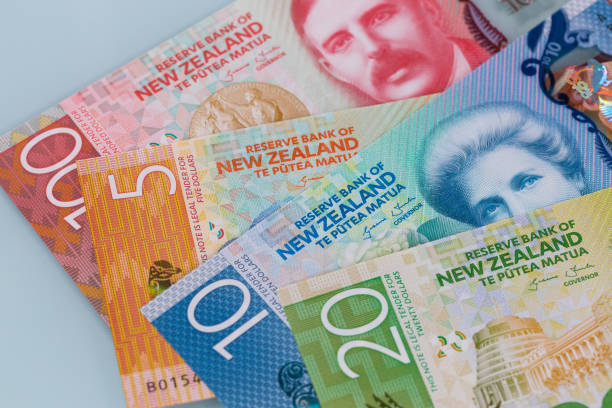NZD/USD rises to near 0.5700 despite dovish comments from Finance Minister Willis

The NZD/USD pair edges higher as the US Dollar remains subdued ahead of the key US Consumer Price Index.
RBNZ retains considerable room to lower interest rates further if needed, reinforcing expectations of continued policy easing.
Geopolitical tensions resurfaced after Trump intensified the trade standoff with China by raising tariffs on Chinese imports to 125%.
The NZD/USD pair is trading around 0.5680 in early European hours on Thursday, marking its second consecutive day of gains. However, the New Zealand Dollar (NZD may come under pressure following comments from New Zealand Finance Minister Nicola Willis, who stated that the Reserve Bank of New Zealand (RBNZ) has significant scope to cut interest rates further if necessary.
In line with market expectations, the RBNZ reduced the Official Cash Rate (OCR) by 25 basis points to 3.50% on Wednesday, marking its fifth consecutive rate cut since initiating its easing cycle in 2024. According to UOB Group economist Lee Sue Ann, the central bank has now lowered rates by a total of 200 basis points since August 2024.
Additional pressure on the NZD might have emerged after US President Donald Trump escalated trade tensions with China by raising tariffs on Chinese imports to 125%, following China’s hiking tariffs on all US imports to 84%. Given New Zealand’s strong trade ties with China, this move sparked concerns about potential spillover effects on the NZ economy.
Moreover, China added six US firms—including defense and aerospace companies Shield AI and Sierra Nevada—to its trade blacklist. China also imposed export controls on a dozen US companies, including American Photonics and BRINC Drones.
These tit-for-tat measures have overshadowed earlier signs of progress in the US-China trade talks. Notably, Washington had recently eased tariffs to 10% for 90 days to facilitate broader negotiations. On Wednesday, President Trump announced a 90-day pause on new tariffs for most US trade partners, maintaining the lower 10% rate to give diplomacy more room to operate.
* The content presented above, whether from a third party or not, is considered as general advice only. This article should not be construed as containing investment advice, investment recommendations, an offer of or solicitation for any transactions in financial instruments.


